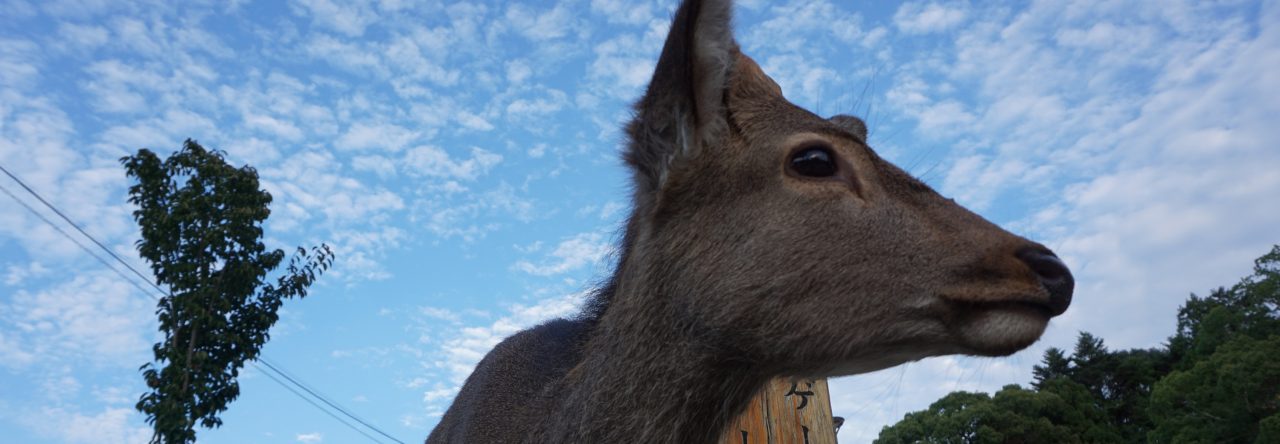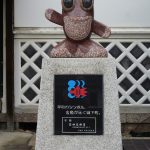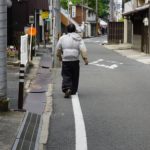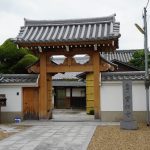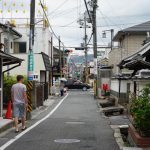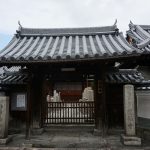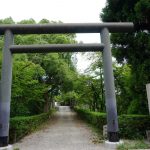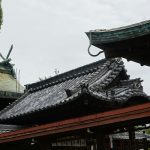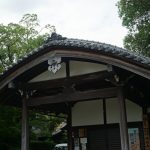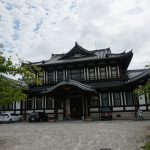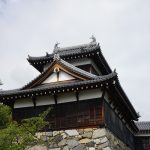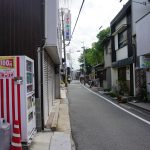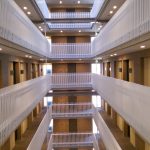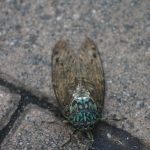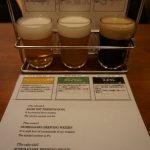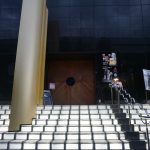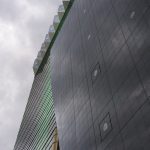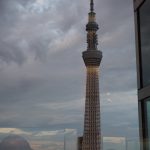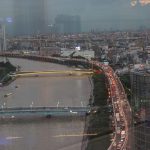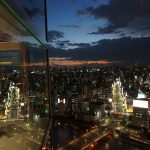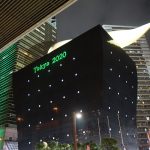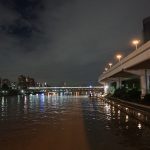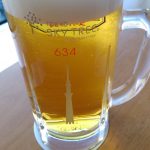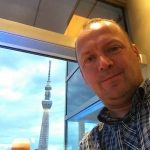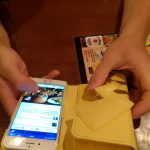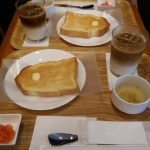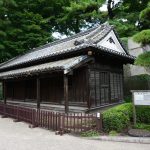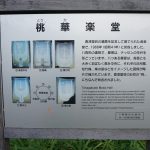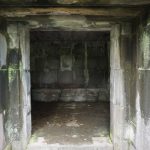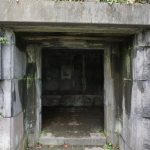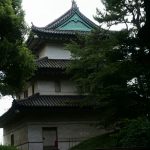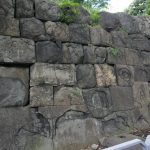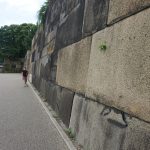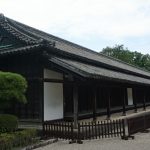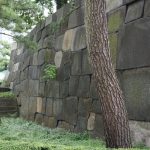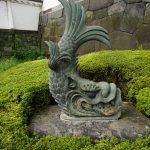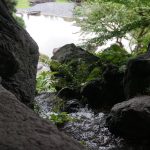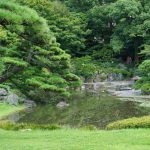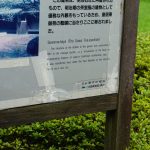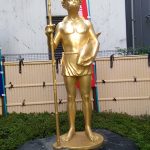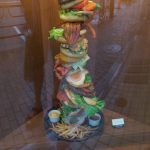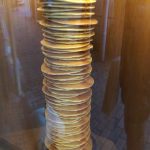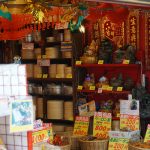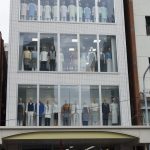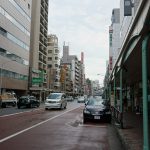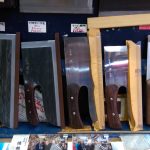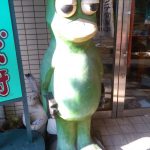Tuesday 23rd
We spent the morning exploring Yamatokoriyama. Goldfish motifs were to be found everywhere – the area has fish farms spanning an area of some 100 hectares, and they produce 80 million goldfish and 2 million Nishiki-goi carp each year, the largest yield of such fish in the country. During the Oshiro-matsuri Festival (Castle Festival) held in April every year, competitive exhibitions of fish are held among the cherry blossoms in full bloom. 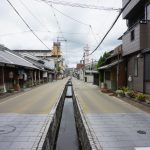 Also, every August, a goldfish catching championship, in which the best goldfish catcher in Japan is decided, and a goldfish examination take place.
Also, every August, a goldfish catching championship, in which the best goldfish catcher in Japan is decided, and a goldfish examination take place.
The town was also once known for the production of indigo dyed fabrics, and deep troughs run down the centre of many side streets – these would have been filled with running water, and used to rinse the fabrics after dyeing.
As we headed back to the station, two men walked past us looking a little like the
Michelin man (photo rather blurry as I was trying not to be noticed…). I noticed a whirring noise as they walked past – and then realised that their jackets had a fan mounted on either side of their waist, and were blowing air through to keep them cool!
We then took a stroll around the grounds of Koriyama Castle – the castle was destroyed in the Meiji Period (1868-1912) but several outbuildings remain.
- Amazing porch
- Koriyama castle entry
- Castle library
- Entrance tower with goldfish
Local train to Kyoto then shinkansen to Tokyo, and found our hotel – the wonderfully named Hotel Villa Fontaine Tokyo-Ueno Okachimachi. Reasonable room for Tokyo, however the middle section of the hotel did look a little… prison-like!
Headed to the Asahi Beer Hall and Tower while James went climbing, then met later – he was very pleased with his Pikachu phone wallet! Amazing views from the tower.
- Amazing cicada
- Asahi tasters
- Steps to the beer hall
- Tokyo Skytree
- Sumidagawa
- Sky Tree beer mug
- Geek + beer = happy
- Skinned Pikachu
Wednesday 24th
Found a cool little café for breakfast near the hotel. Bread began to be part of the Japanese diet after the second world war, and forms the heart of what is known as ‘Morning service’. Thick sliced white bread, home made strawberry jam, coffee, and a small cup of a chicken soup stock – heaven!
We took a long walk through the eastern gardens of the Imperial palace – most of the year this is the only part of the palace grounds open to the public. There was something of a feeding frenzy going on by the Koi carp in the moat…
- Palace moat
- Dinner time!
- Guard house
- Music hall
- Impressive walls…
- Guard house
- Formal water garden
- Tea pavilion
- Ancient and modern
 While looking for lunch we came across an “intriguing” menu item amongst the station restaurants. Ahem.
While looking for lunch we came across an “intriguing” menu item amongst the station restaurants. Ahem.
Later, James headed off to climb, and I made my first visit to Kappabashi – also known as ‘Kitchen Town’. The street’s name is believed to come from either the kappa (raincoats) of nearby residents which were hung out to dry on the bridge, or from a merchant named Kihachi Kappaya who funded the project to build Shinhorikawa River for water management. However, due to the homophone with the popular mythical creature, Kappa, the shops along the street have officially adopted the kappa as their mascot. Images of kappa appear frequently in the area, from merchandise to displays, even web sites about the district.
This street has everything you would need if you wanted to open a Japanese or Chinese restaurant – utensils, knives, uniforms, décor, even the ticket machines used at many Japanese restaurants. And the ‘model food’ that many use to show off their dishes is just incredible – the two examples below being utterly bonkers!
- What the…?
- What the…? #2
- Noodle knives
- Gilded Kappa
- Cartoon Kappa
